Messums
12 Bury Street
St. James's
London
SW1Y 6AB
United Kingdom
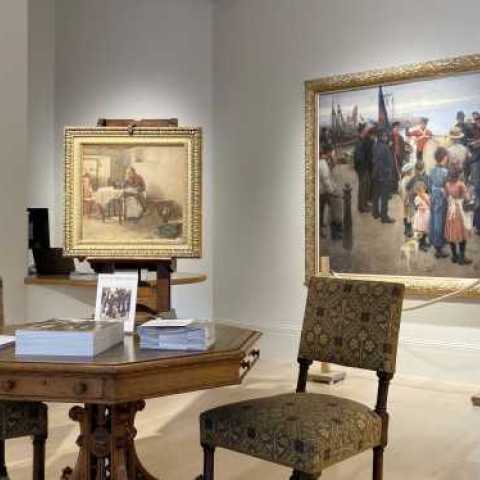
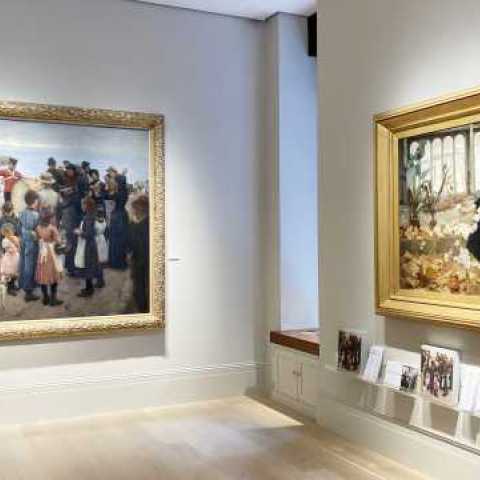
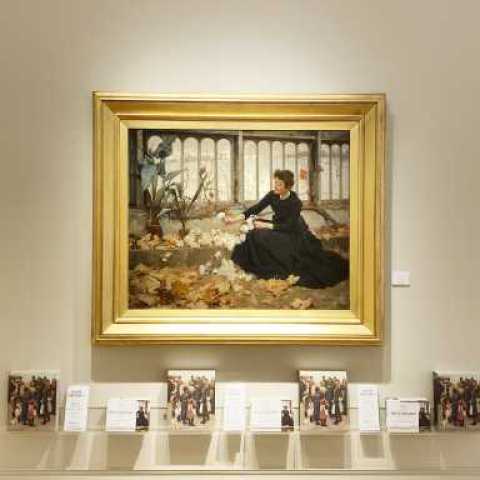
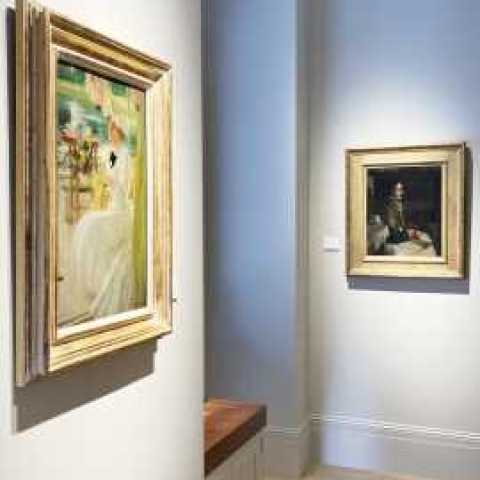
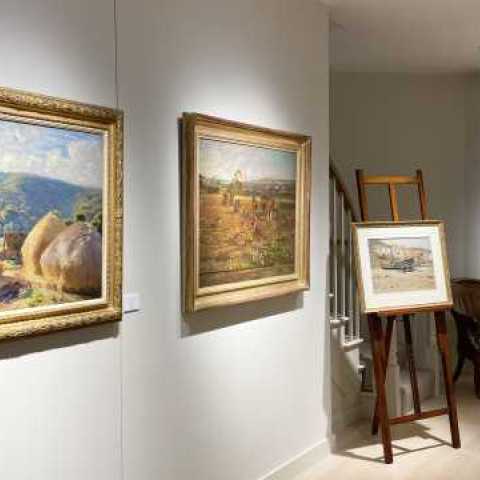
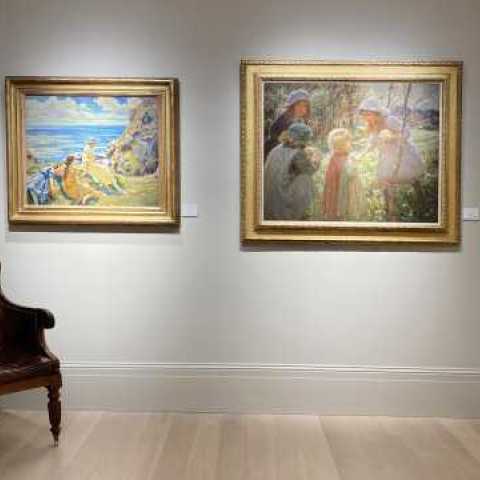
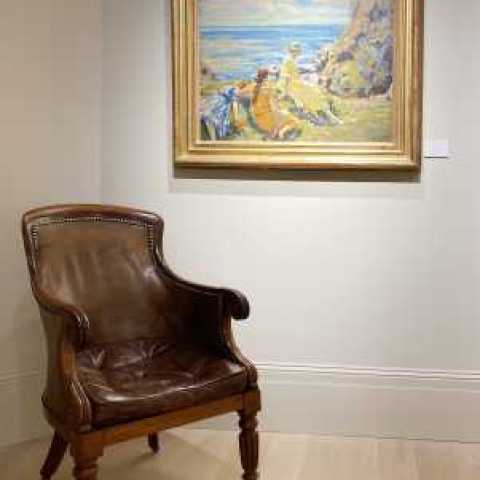
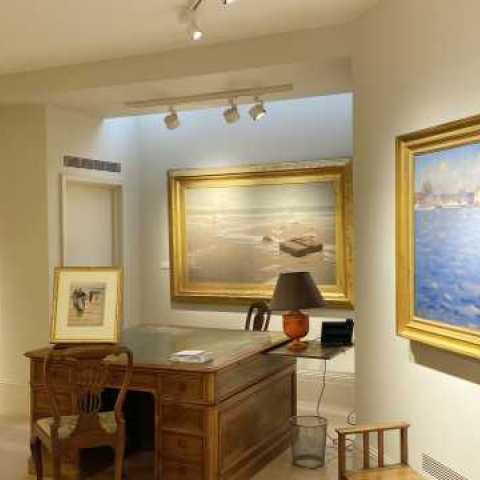
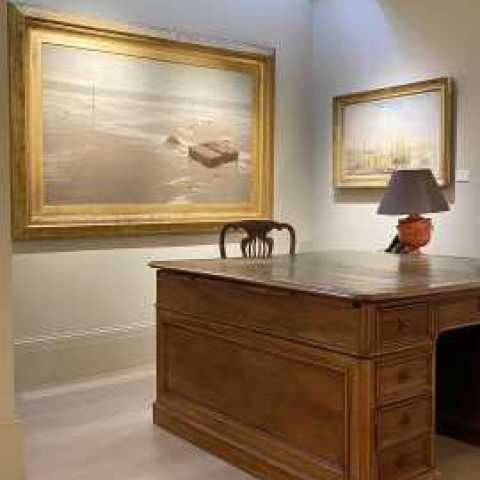
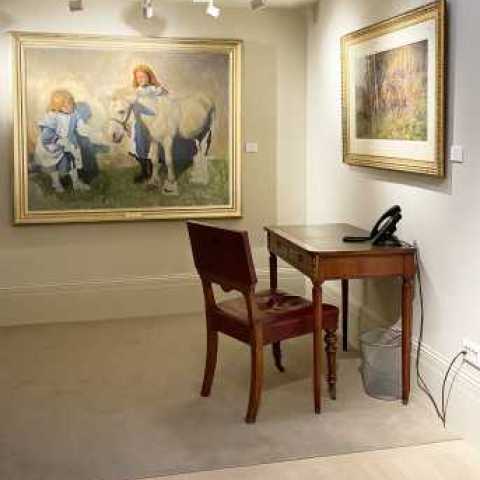
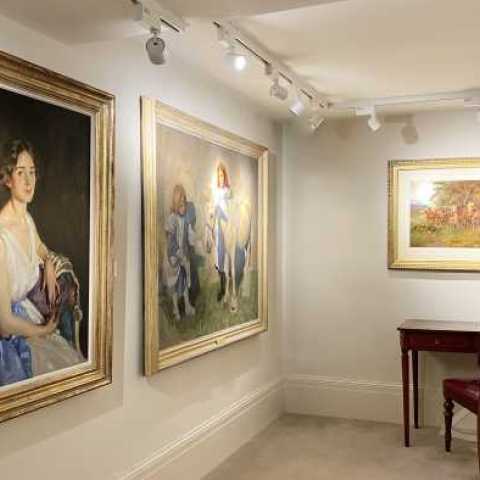
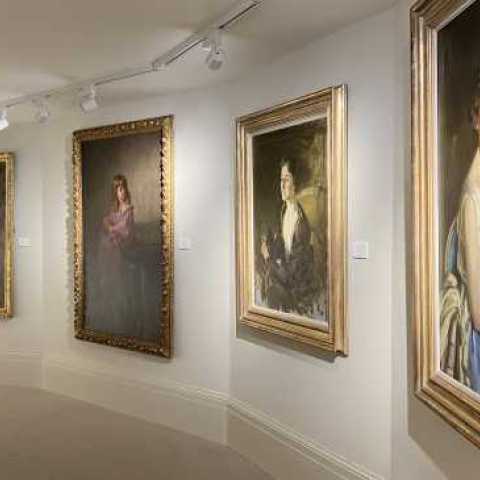

Impressionism, as an international movement, came to Britain quite literally via the coast. Even if it was not necessarily born there, it was certainly raised and matured in the many artist colonies that sprang up in numerous seaside towns and fishing villages during the last two decades of the 19th century. The most significant of these were found in the traditional communities between Kirkcudbright and Staithes in the North, and Newlyn and St Ives in the South. These rural idylls became home to dozens of artists who found themselves in a hitherto unknown world that to them appeared frozen in the past, and whose attraction lay in the sincerity of their inhabitants and their quotidian lives, the unindustrialised countryside, and the clarity of the light and air that could not be replicated in the cities.
Across Britain, a prevailing Social Realist style emerged from a particular combination of Rural Naturalism and Impressionism, of observing and studying authentic people and subjects. Its social ethos is best encapsulated in Stanhope Forbes’ masterpiece ‘Soldiers and Sailors; The Salvation Army, 1891’, which we present to you in this catalogue alongside the work of major artists made famous at dozens of Royal Academy shows from 1880 onwards, including Frank Bramley, Thomas Cooper Gotch, Arthur Hacker and Henry Herbert La Thangue. Crucially, many of the artists represented here, including Wilfrid De Glehn, Theodore Roussel, and Philip Wilson Steer, were also founder members of the New English Art Club, and are now celebrated as being at the vanguard of the Modern Movement in Britain.
